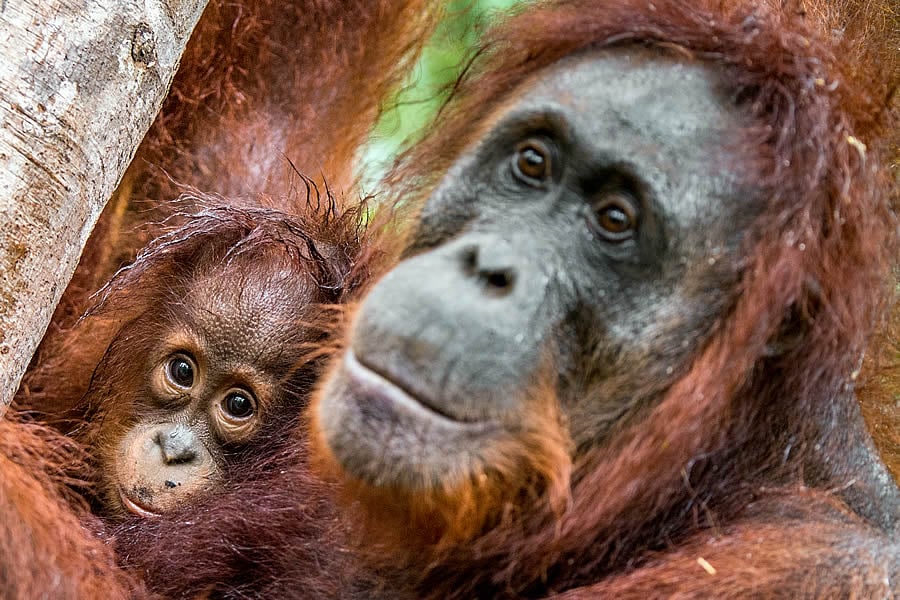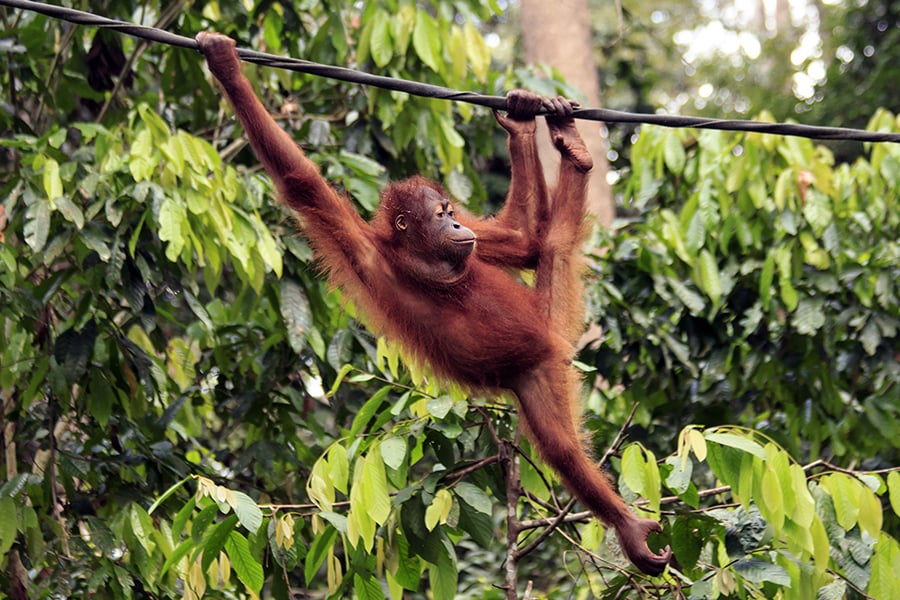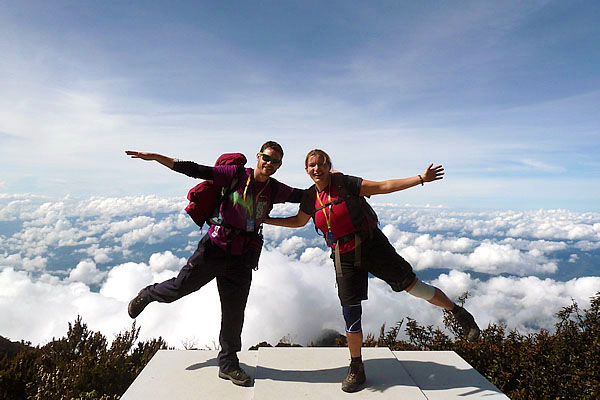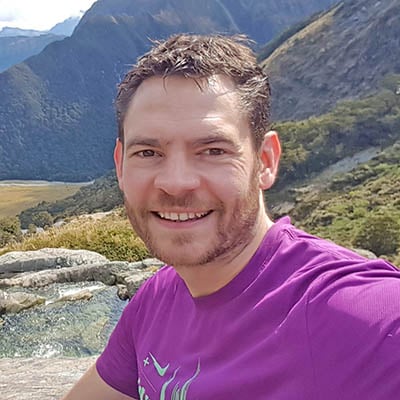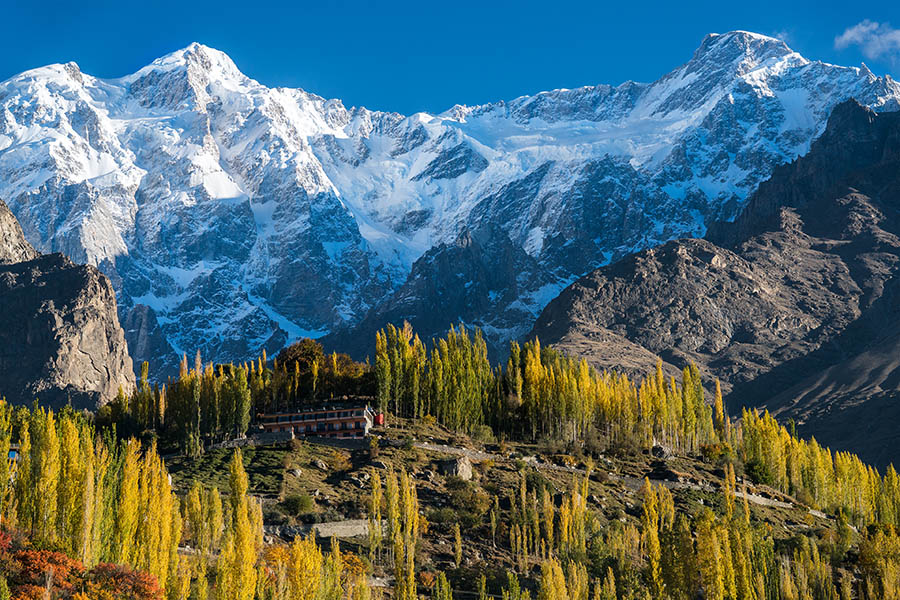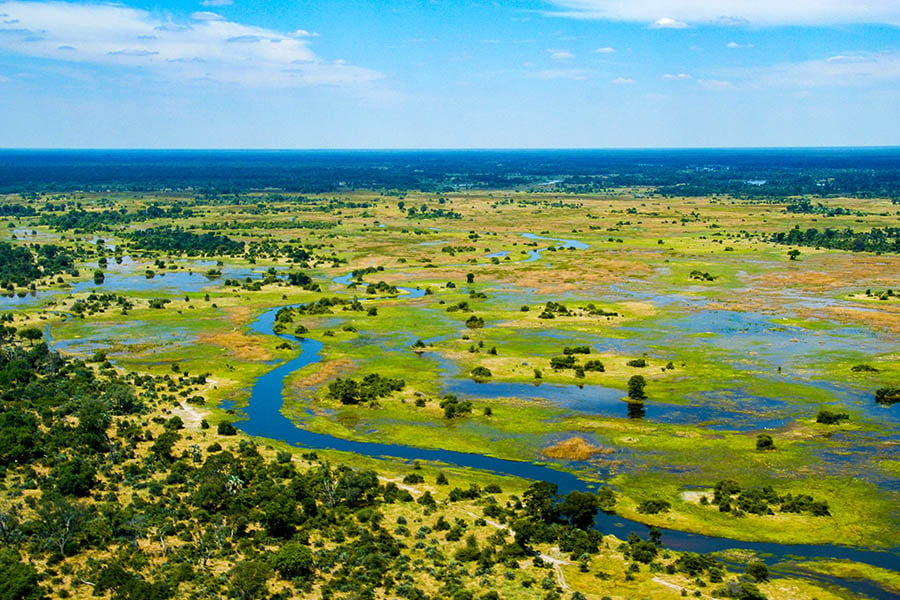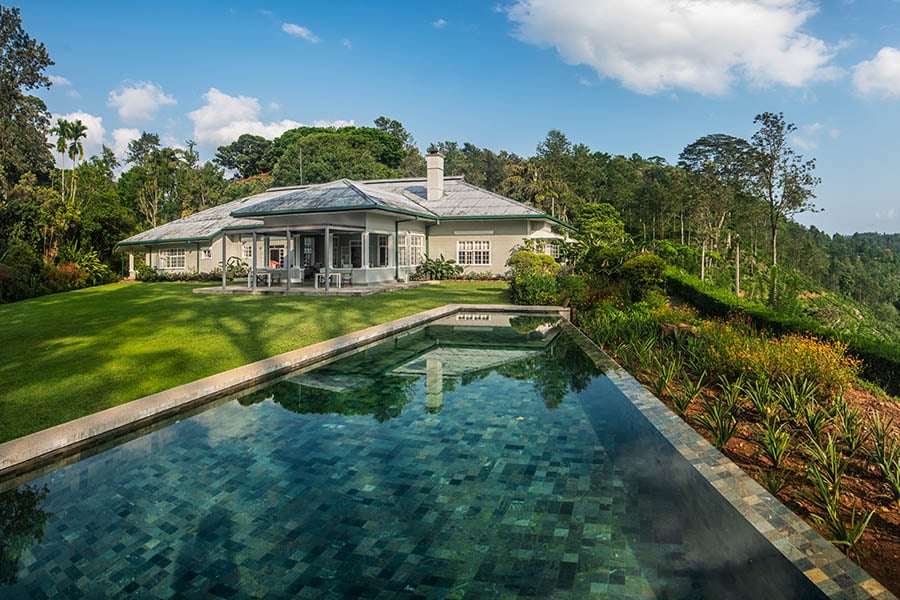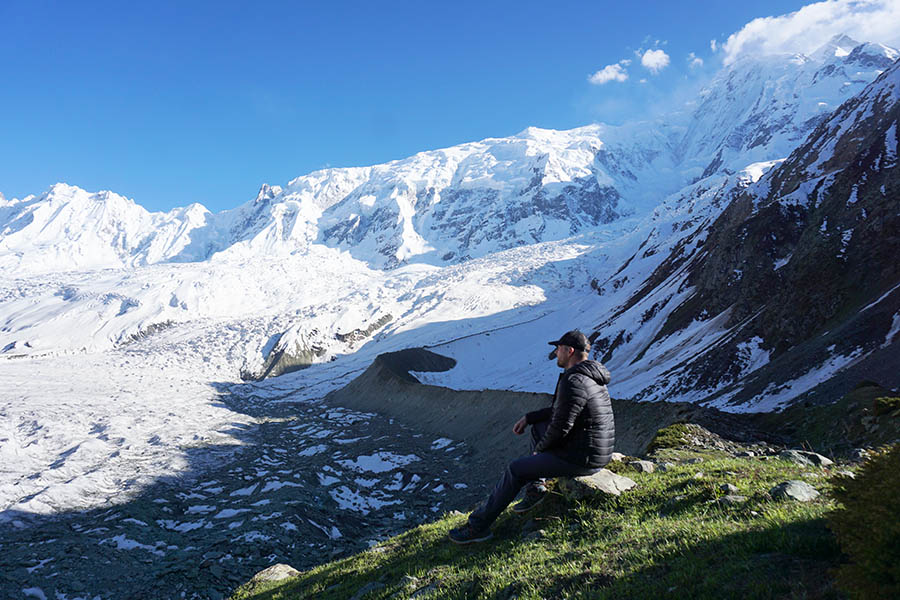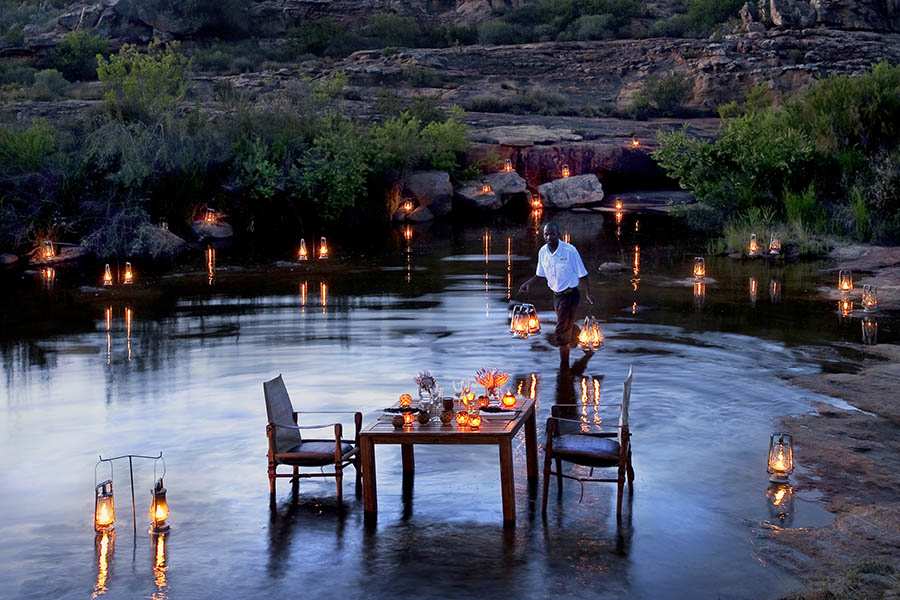Exploring Sarawak, Borneo: Kuching, Mulu caves & Bako National Park
Borneo has it all. Tropical rainforest, white sand beaches, towering peaks and winding, wildlife-rich rivers. There are mysterious cave systems and even more mysterious native animals from Proboscis monkeys to pygmy elephants and bearded pigs! If you’re looking for a wildlife holiday like no other, twinned with luxurious accommodation – Borneo should go straight to the top of your list.
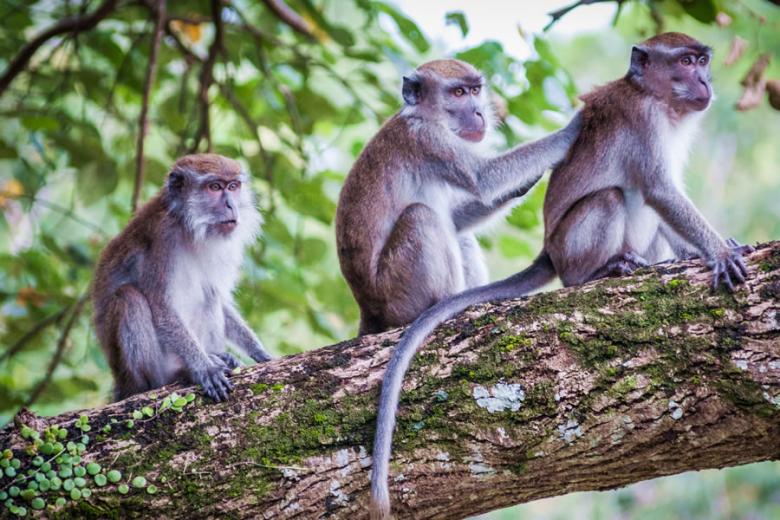
Best time to visit Borneo
I visited in April, but Borneo has excellent weather all year round. December, January and February are the wettest months to visit, but even in the rainy season, the temperature will still be between 25 to 28 degrees. From March to December, temperatures reach 30 degrees, with less rainfall as you progress into the summer months.
Sabah and Sarawak
The island of Borneo is divided between three countries, Malaysia, Brunei and Indonesia. The Malaysian region has two states, Sabah and Sarawak, and my trip was mostly visiting Sarawak. Most travellers visit Sabah, to the north which is home to Sandakan and the beaches of Kota Kinabalu. However, if you’re looking to escape the tourists, the area around Sarawak will be best suited for you.
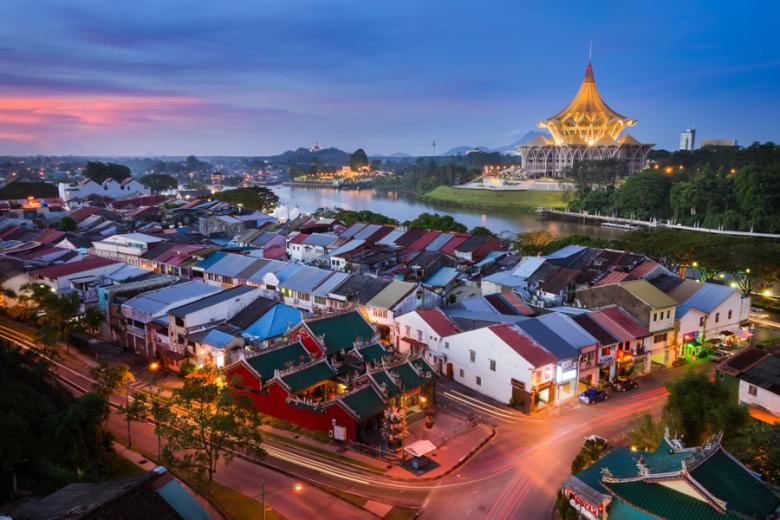
Kuching: gateway to exploring Sarawak
If you want to explore Sarawak, you’ll typically fly into Kuching, which is easily accessible from elsewhere in Borneo, cities in peninsula Malaysia and also Singapore. We always recommend staying a night or two in Kuching to experience this small city before you head further inland and discover Sarawak.
I stayed in 5-star accommodation throughout this trip, so I have experienced some fantastic hotels which we can offer you if you visit Sarawak. We made Kuching our base and did most of our exploring as day trips out of the city.
We stayed at the excellently-located Hilton Kuching which is close to the river, the heartbeat of Kuching. It has spacious rooms and a nice pool where you can relax after a full day sightseeing to the surrounding areas.
Things to do in Kuching
Sarawak sunset river cruise
On our first evening in Kuching, we went on the Sarawak River sunset cruise which I thoroughly recommend. The journey lasts about an hour and a half, and honestly, there’s no more laidback way to enjoy views of the city and its landmarks than by sitting on the open top deck and enjoying a cold beer!
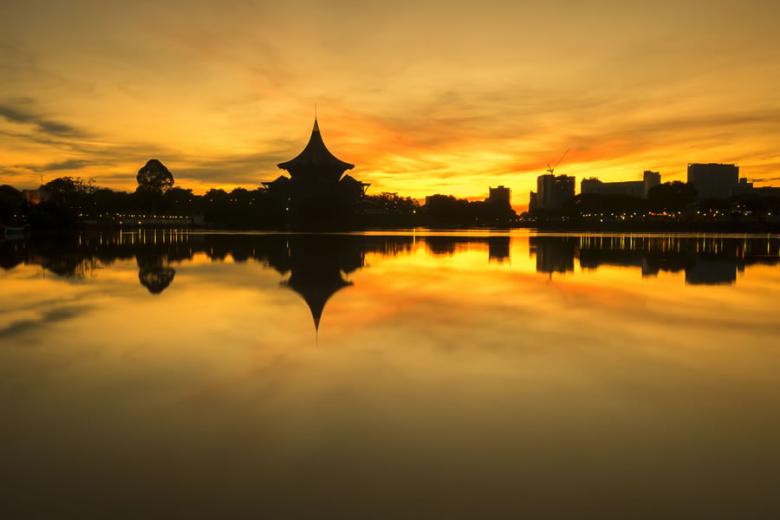
Fort Margherita – history of Sarawak’s founding
Directly opposite the Hilton on the other side of the river, is Fort Margherita which has excellent river views. Similar in style to an English castle, it was built to protect Kuching from pirates and river- invaders, but these days it’s a museum for artefacts from Sarawak’s history. It also gives you an insight into the life of James Brooke who was a British ruler and adventurer who founded the Kingdom of Sarawak in 1841.
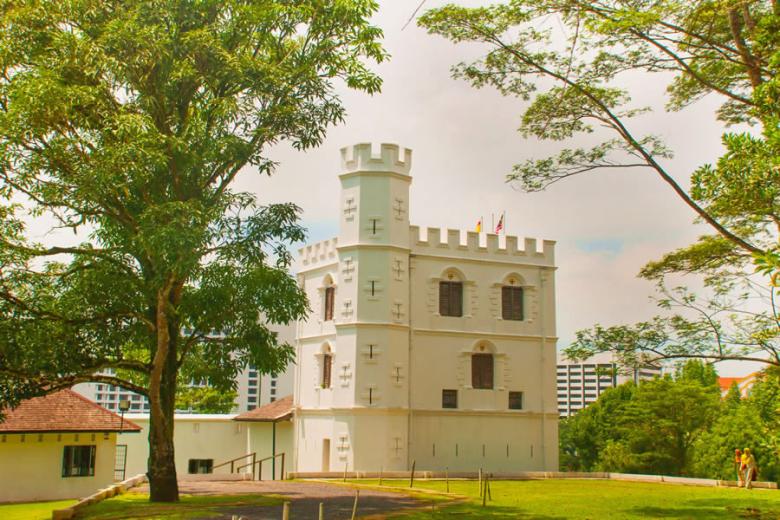
Exploring Mulu National Park and the caves
Leaving Kuching behind, I took a 1.5-hour flight to Mulu National Park, which is close to the border with Brunei. The park is home to Mulu Caves, some of the most extensive cave passages on earth. As the caves are pretty remote, you can only access them by flying into Mulu airport.
These impressive limestone caves and karsts are set in the rainforest and are quite distinct from each other regarding formations. They’re not too low, so you won’t feel claustrophobic when you walk underground. The largest cave – Sarawak Chamber – is very spacious at hundreds of metres long and 70m high so that you won’t feel contained.
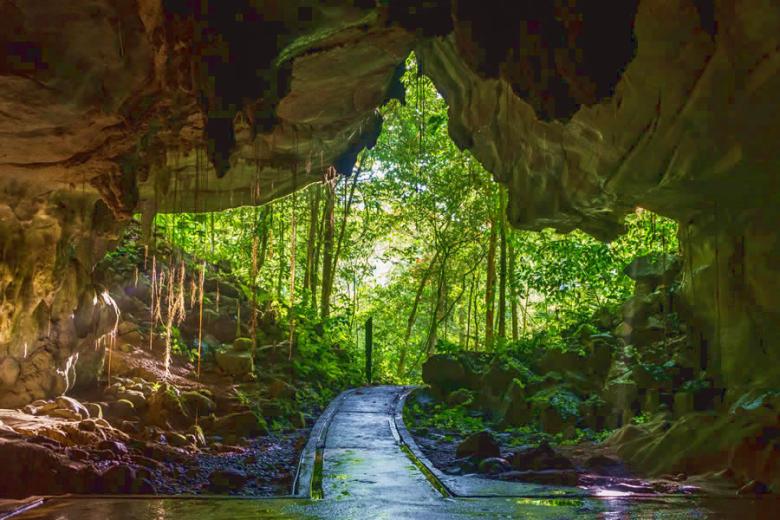
In the afternoon, we explored a bit further by long-boat and found some other caves that can only be reached by boat. Travelling by long-boat on the river was one of the highlights of my trip because you get some glimpses of traditional village life inside the national park as you wind along the river.
After spending a full day exploring the caves, we stayed the night at the Mulu Marriott Resort & Spa – a beautiful hotel located just outside the national park. It’s situated within the dense rainforest, and has an excellent pool and spa which took full advantage of, after a long day out exploring! The next day, we flew back to our base in Kuching.
Semenggoh Nature Reserve
Another day trip you can make from Kuching is to the Semenggoh Nature reserve. The reserve is a rehabilitation centre for orangutans, so it’s a great place to see semi-wild orangutans and their babies. Although they spend most of their time roaming the forest, they come back to the centre for free meals at feeding time – usually between 9-10am and 3-4 pm. You can watch the feeding from a viewing platform, but this isn’t very close, so it's best to watch rather than take photos.
We were fortunate to see an Orangutan called “Ritchie” when we visited. Ritchie is the big alpha male, so although he was fascinating to watch – he does scare off all the other orangutans at feeding time! It was fun to watch the Orangutans but it can be very similar to a zoo experience, so be aware that if you visit with children, it becomes hectic at feeding times.

Bako National Park
Situated on the northern coast of Borneo, Bako National park is one of Malaysia’s most prized landscapes and at 37Km from Kuching, it makes another easy day trip.
To visit the park, you need to get to the Bako National Park port. From here, you’ll board a long boat for the 20-minute boat ride to the park, which is on a peninsula.
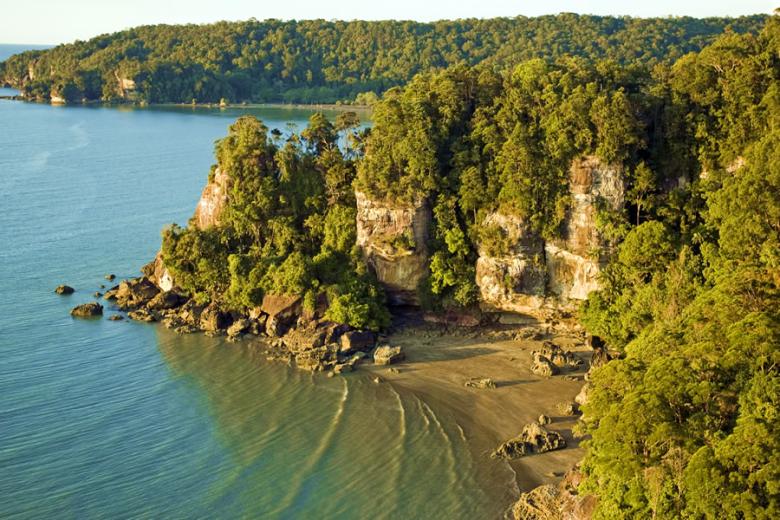
We spent a day here, and it was undoubtedly the highlight of this trip; trekking through the rainforest, we spotted Borneo’s famous Proboscis Monkeys – a creature I’ve wanted to see for so long! Bako is home to other native species you should keep an eye out for, including long-tailed macaques, squirrels, white-bearded pigs, silver leaf monkeys and monitor lizards, so there’s plenty of wildlife for you to see.
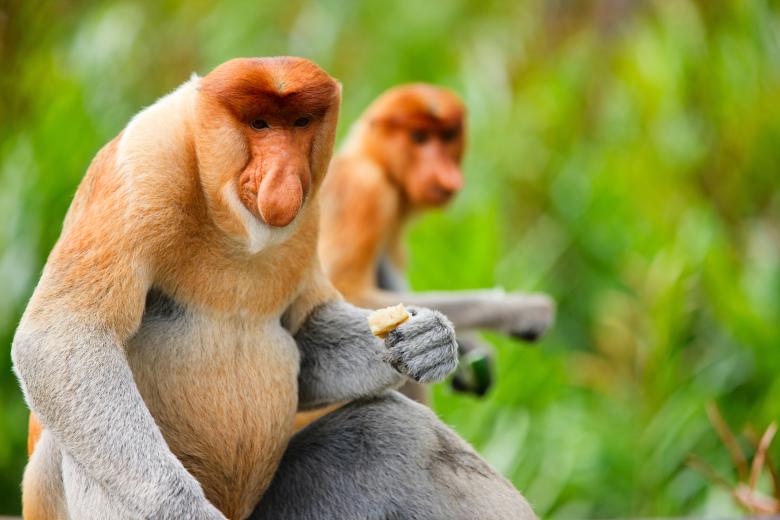
Getting to Borneo: Malaysia Airlines
I flew to Borneo with Malaysia Airlines, from London, via Kuala Lumpur. I have to say; I rate Malaysia Airlines highly. The staff are as attentive as flying with Singapore Airlines or Cathay Pacific, plus they are excellent value for money when compared with other Asian airlines. I’ve had plenty of great experiences travelling with Malaysia Airlines over the past ten years, and no other airline can connect you to destinations in Malaysia and Borneo better than them.
Malaysia Airlines operate the new Airbus A350-900 aircraft twice per day on flights from Heathrow. The plane is very spacious, and the in-flight entertainment and onboard dining are indeed up there with the best I’ve experienced while flying long-haul.
Regarding passenger comfort, they offer a generous seat of 32”, and if you’re looking for extra legroom seating but can’t justify an upgrade to Premium Economy, Malaysia offers seats with extra legroom on the A350-900 which is at the front of the economy cabin. Extra legroom costs £50-£75 per person, per flight sector and you can only book this via the website once you have paid in full and we’ve issued the flight ticket for you.
Malaysia Airlines Business Class
Malaysia Airlines offer lie-flat bed seating in Business and First Class on all their aircraft. At Heathrow and Kuala Lumpur, the lounges are for the exclusive use of passengers of Malaysia Airlines and One world travellers and are of a very high standard. I recommend arriving at the airport in good time to relax in the lounge and enjoy a good meal and complimentary champagne to get you in the holiday spirit!
Combining Borneo with other places
If you’re interested in wildlife – a visit to Borneo should be top of your list of destinations as one of the premier wildlife regions in South East Asia. Sarawak can be combined easily with Sabah, or with peninsula Malaysia or elsewhere in Asia, perhaps a city break in Hong Kong. In Sabah, you could also visit the beaches of Kota Kinabalu, or even challenge yourself to climb Mt Kinabalu as my colleague Chris did on his Borneo honeymoon
Interested in visiting Borneo?
If you’d like to visit Borneo, I can arrange a tailor-made itinerary visiting both Sabah and Sarawak to combine beaches and wildlife. I can organise all aspects of your trip, from flights and transfers to accommodation, touring and experiences. I can also make suggestions to tailor your trip towards your budget, or perhaps towards children if you’re visiting Borneo with your family. To plan your trip, just contact David.
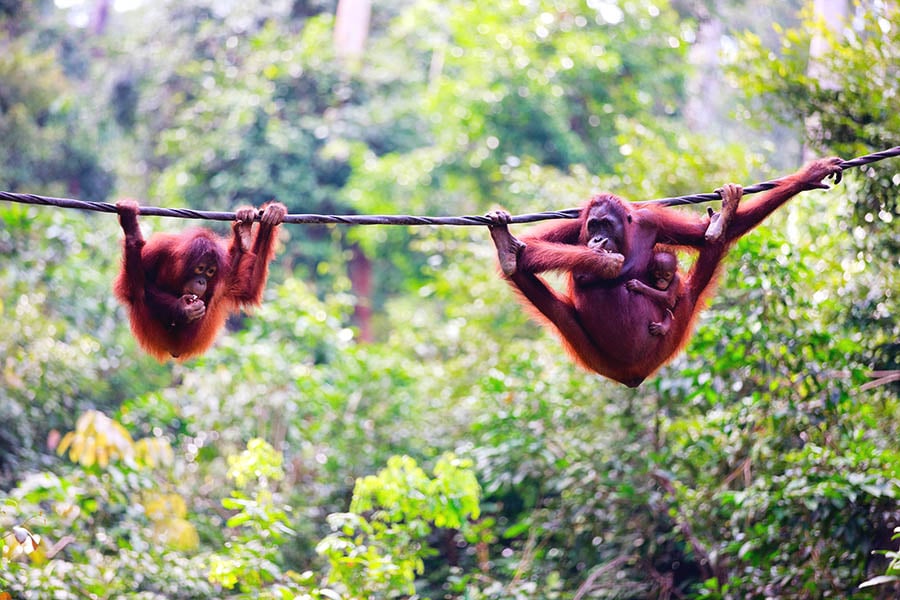
Visit Borneo: a luxury family holiday offers everything you’re after
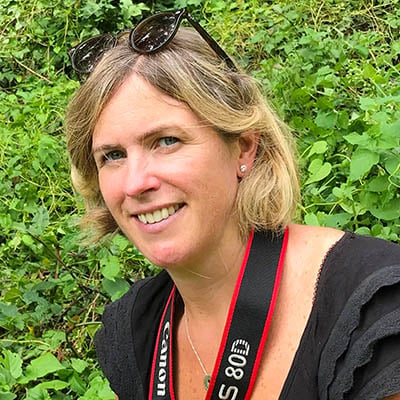
Grainne Sheffer
Senior Travel Consultant
at Travel Nation
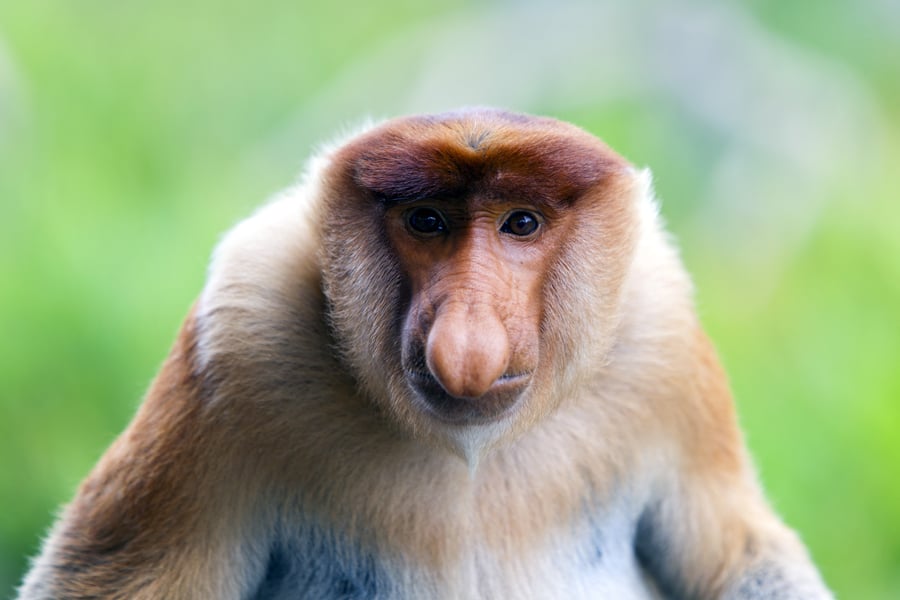
Perfect companions: Hong Kong and Borneo multi-centre holiday
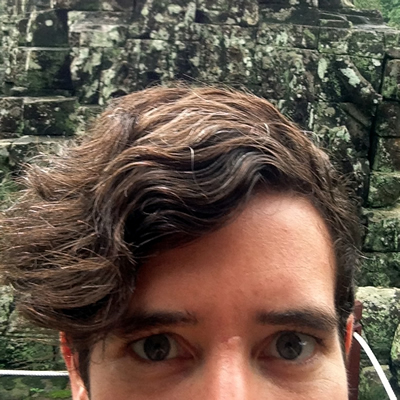
Jess Jenkins
Travelling friend
at Travel Nation
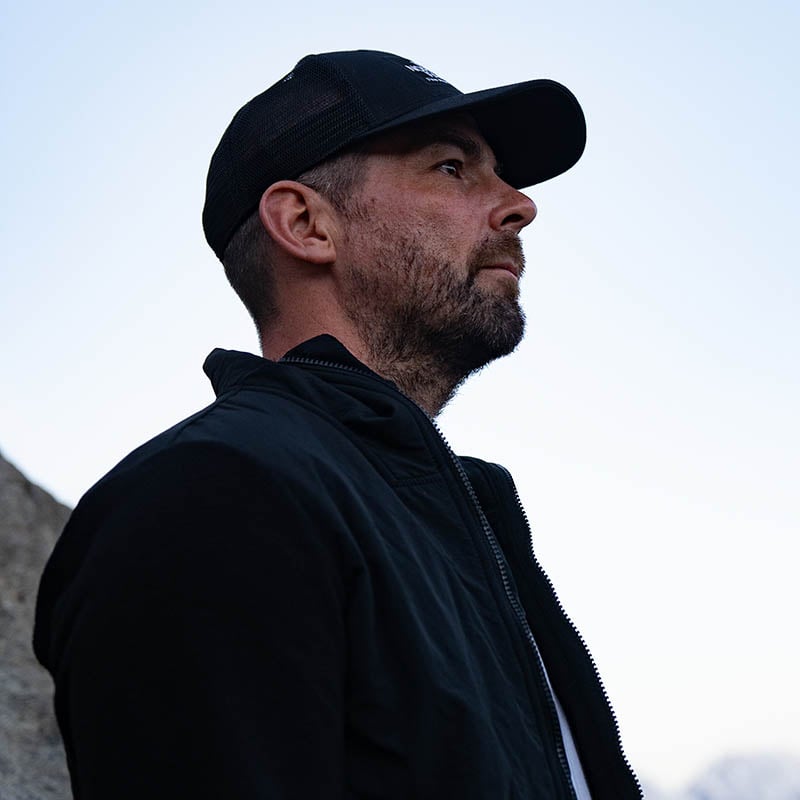
About the author David Taylor
Senior Travel Consultant
David has travelled far and wide using his passion for photography to chronicle his many journeys, including lemurs in Madagascar, glaciers in Iceland, wild gorillas in Rwanda and stupas in Myanmar. He is an experienced traveller and understands how to combine off-the-beaten-track experiences with comfortable touring, to create a trip of a lifetime. With more than 15 years’ of industry experience he has worked in travel in both the UK and Australia. David joined Travel Nation in 2012 as a round the world specialist and is also one of our Business Class consultants.

